Ancient cave art: How new hi-tech archaeology is revealing the ghosts of human history
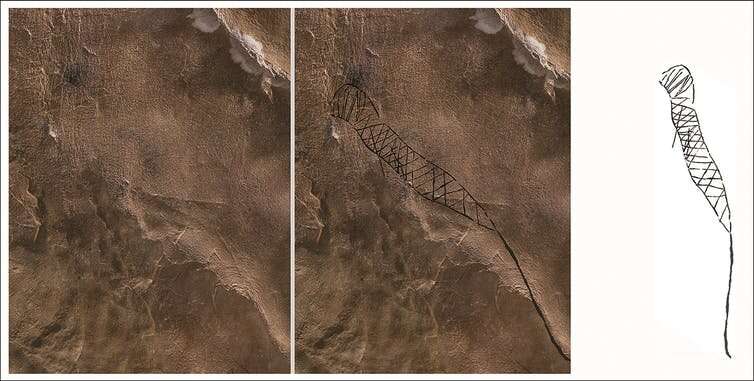
New details of our past are coming to light, hiding in the nooks and crannies of the world, as we refine our techniques to go looking for them. Most lauded is the reconstruction of the evolution of humanity since our African origins around 300,000 years ago, by analyzing our living and fossil DNA. Replete with the ghosts of African and Eurasian populations of the deep past, these have been resurrected only through the ability of science to reach into the world of the minuscule by studying biomolecules.
Now, digital analysis of rock surfaces reveals how other ghosts of the deep past—this time from almost 2,000 years ago in North America—have been coaxed into the light. Writing in the journal Antiquity, Professor Jan Simek of the University of Tennessee and colleagues have published images of giant glyphs carved into the mud surface of the low ceiling of a cave in Alabama.
The motifs, which depict human forms and animals, are some of the largest known cave images found in North America and may represent spirits of the underworld. In the first image above, a drawing of a diamondback rattlesnake, an animal sacred to indigenous people in the south-eastern U.S., stretches almost 3 meters long. The image below shows a human figure just over 1.8m in length.
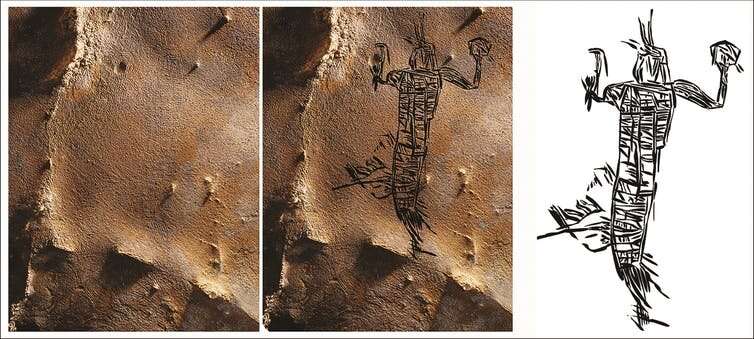
In terms of dating the findings, ancient people rejuvenated a light in the cave (a flaming torch of American bamboo) by stubbing it against the cave's wall. This left a residue that the researchers were able to date with radiocarbon to 133–433 AD. This was also in accord with the age of pottery fragments ancient artists left in the cave.
The problem is seeing the paintings. The cave ceiling is only 60cm high, which makes stepping back to view the large images impossible. They were revealed only through a technique called photogrammetry, in which thousands of overlapping photographs of an object or place are taken from different angles and digitally combined in 3D. Photogrammetry is a cheap technique increasingly used in archaeology to record artifacts, buildings, landscapes and caves. It allowed Professor Simek's team to "lower" the cave floor up to 4 meters, enough for the complete motifs to come into view for the first time.
Ancient art in other places
Rock art is found on almost every continent, and the earliest is at least 64,000 years old. It is likely that we know of only a tiny percentage of the rock art created in the past. Pigments can dull and disappear; thin engravings can erode to nothing; and cave walls can crumble or be covered over by crusts of carbonate deposits or mud. Assuming more art does survive, the chances are we may never see it unless we invest in research and new technologies.
Rock art in the dark zone of caves beyond the natural light in cave mouths was only discovered in North America in 1979, more than a century after its discovery in Europe (at Altamira in northern Spain). Some 500 European caves are known to contain rock art from the Pleistocene era between 2.6 million and 11,700 years ago.
One example critical to our own research only came to light through digital manipulation of images that we took of it. Below is a hand stencil in the cave of Maltravieso (Estremadura, western Spain) which was not immediately apparent when we were searching the cave for suitable samples to date its art.
-
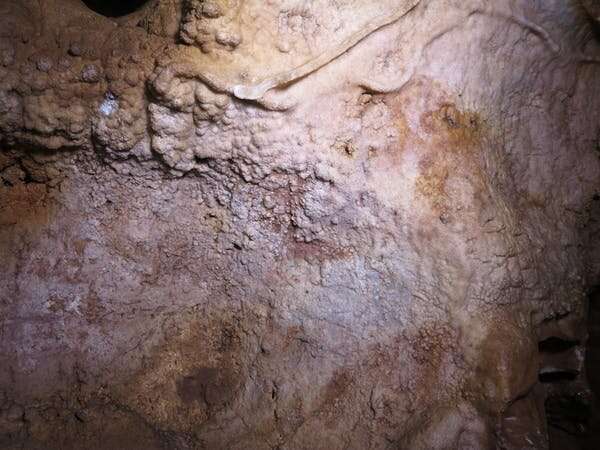
Digital photograph of hand stencil (GS3B) in Maltravieso Cave, unenhanced -
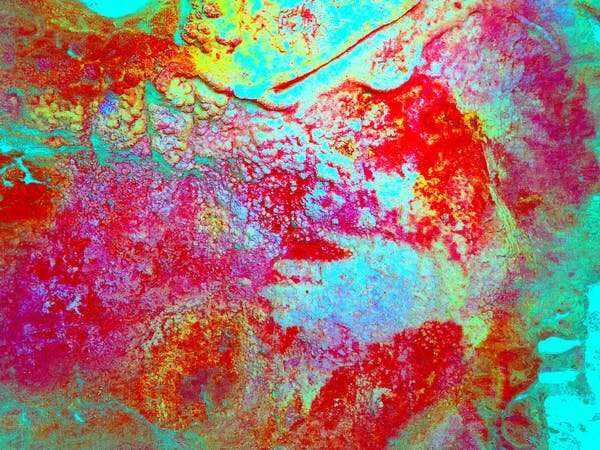
Digital photograph of GS3B after image enhancement using DStretch software. The hand stencil is clearly visible (middle right).
The stencil had been obscured by the build-up of calcium carbonate deposits. We photographed the area and then used digital image enhancement software which revealed the hand stencil very clearly. Until it re-emerged on our computer screen, this 64,000 year old hand stencil remained undiscovered despite 70 years of intensive study in the cave.
Light engravings—a very common Pleistocene technique—are notoriously difficult to see. Parts of them may come to light using light shone at an oblique angle, which we refer to as raking light. But with a technique known as reflectance transformation imaging (RTI), which is similar to photogrammetry, 3D models can be illuminated from any angle. These can reveal far more complete and complex images. It's not easy to show this in a couple of stills, but hopefully the two shots below of an engraved bison in a cave in El Castillo in northern Spain give a flavor.
-
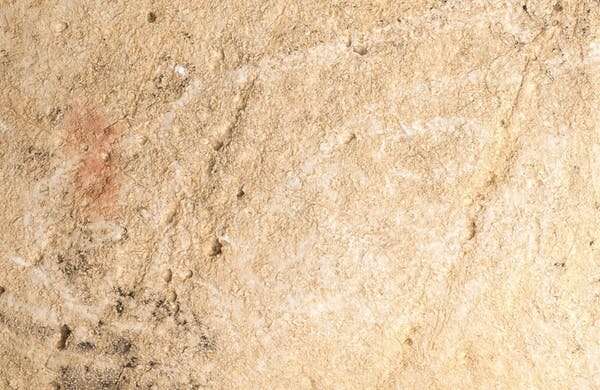
Digital photograph of the head of an engraved bison from El Castillo Cave, Spain. -
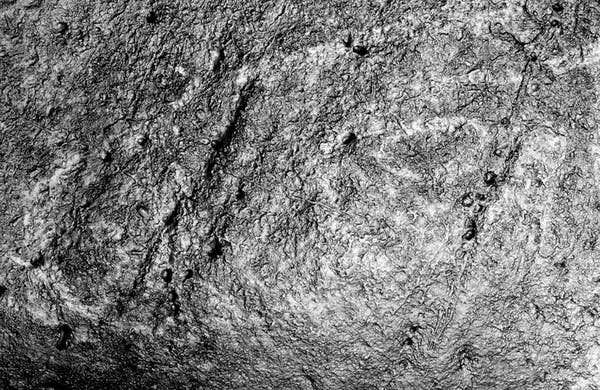
RTI image of the same bison head.
Future archaeological searches for rock art will probably benefit from recent developments in airport security. Full body scanners use far infra-red frequency light that safely penetrates clothing to reveal concealed weapons or contraband, and similar techniques have been used to "see through" layers of prehistoric wall plaster to paintings underneath. When these scanners become small and cheap enough to take into caves, who knows what further ghosts will come to light?
More information: Jan F. Simek et al, Discovering ancient cave art using 3D photogrammetry: pre-contact Native American mud glyphs from 19th Unnamed Cave, Alabama, Antiquity (2022). DOI: 10.15184/aqy.2022.24
Journal information: Antiquity
Provided by The Conversation
This article is republished from The Conversation under a Creative Commons license. Read the original article.![]()





















